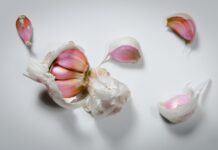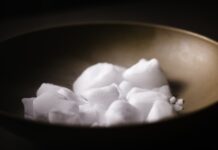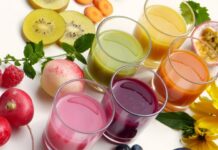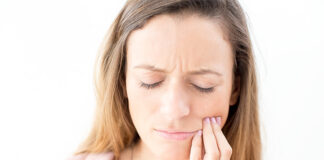Last Updated on April 13, 2020
Not all companies list the ingredients of their products, and that’s why you should be cautious – because there is no absolute way to know the long-term toxicity of some of the components that make up for those products.
9. Dull knives
You would think that sharp knives would be the ones you should be concerned about, but as it turns out, dull knives are the real risk in a kitchen. Every year 1.1 million people show up to the emergency room after suffering some dull knife-related accident.
If your knife is dull, you will have to apply more pressure to cut whatever it is you are cutting, and the knife will slip more quickly, resulting in injuries.
10. Non-Stick Cooking Pans
It is incredible to cook a pancake and not to have it glued itself to the bottom of your frying pan, but this simple pleasure of life comes with a price.
The coating on said pans will deteriorate due to scratching and high temperatures, and pieces of it will end up on your food, posing an alarming health risk. The coating on non-stick pans is made with polytetrafluoro¬ethylene.
This chemical has non-stick properties, but when exposed to high temperatures, it will emit toxic gases that can be harmful. Avoid overheating your non-stick pans to stay safe.
11. Dish Soap
You can find plasticizers in everything, starting in raincoats and finishing in dish soap. Lab tests have shown that some kinds of plasticizers can affect the reproductive system, and even though there is no backup evidence to show the effects of low levels of exposure to this substance, the long-term effects are a concern for many people.
12. Plastic Storage Containers
Plastic containers are a great way to store our food in the fridge when we want to save it for later, but some people usually heat their food while it’s still inside the plastic container, and that’s what you shouldn’t be doing.
By heating your food in a plastic container, you are enabling it to leak a substance called leak bisphenol-A and another one called phthalates.


















